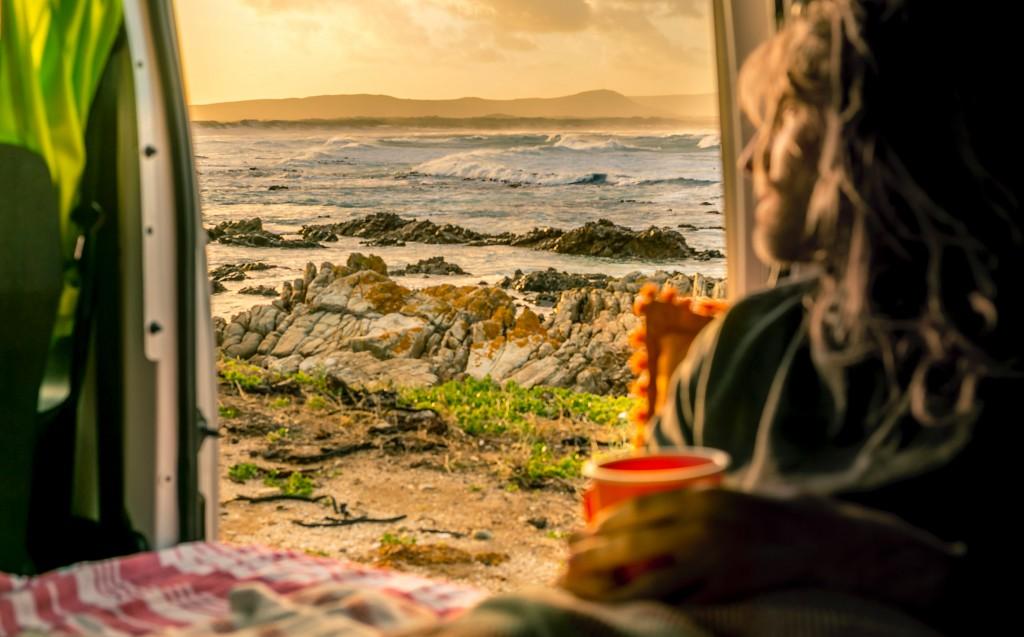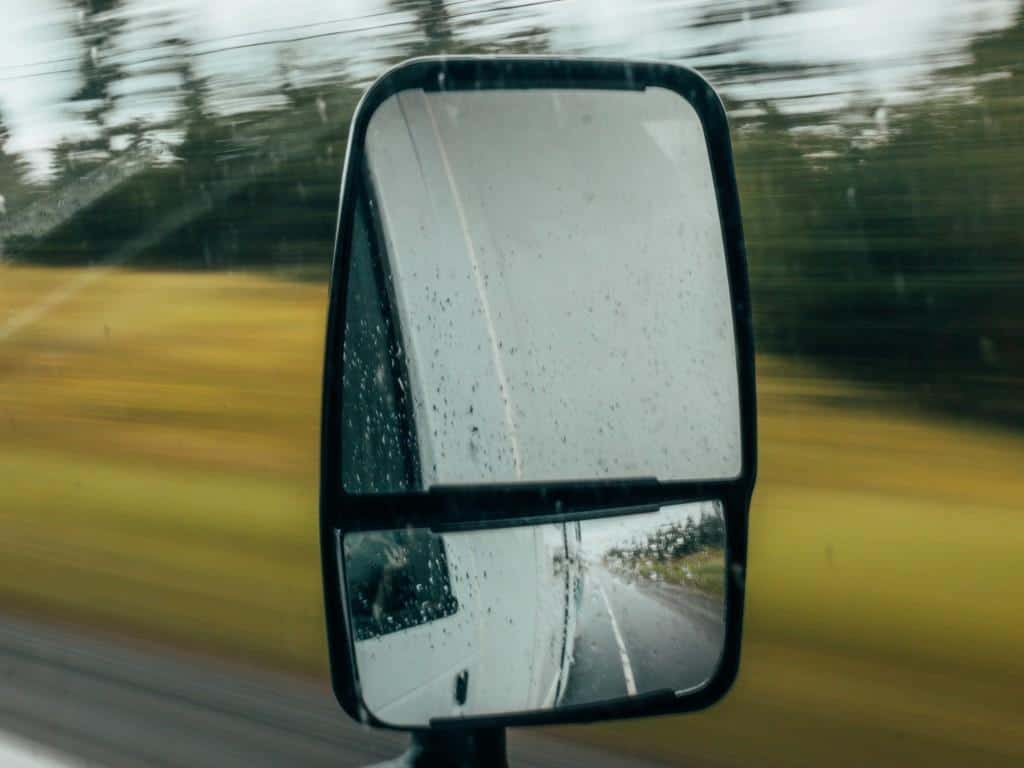Your rental campervan is NOT your car.
battleface takes a dive into the dos, don’ts and top tips for a safer road trip.
With thoughts already turning to the ultimate summer campervan road trip, we take some time to lay out the essentials to know, check, and act upon when you’re renting or borrowing a campervan. Here’s our top tips that will help you get to your holiday wonderland and back, safe and sound.
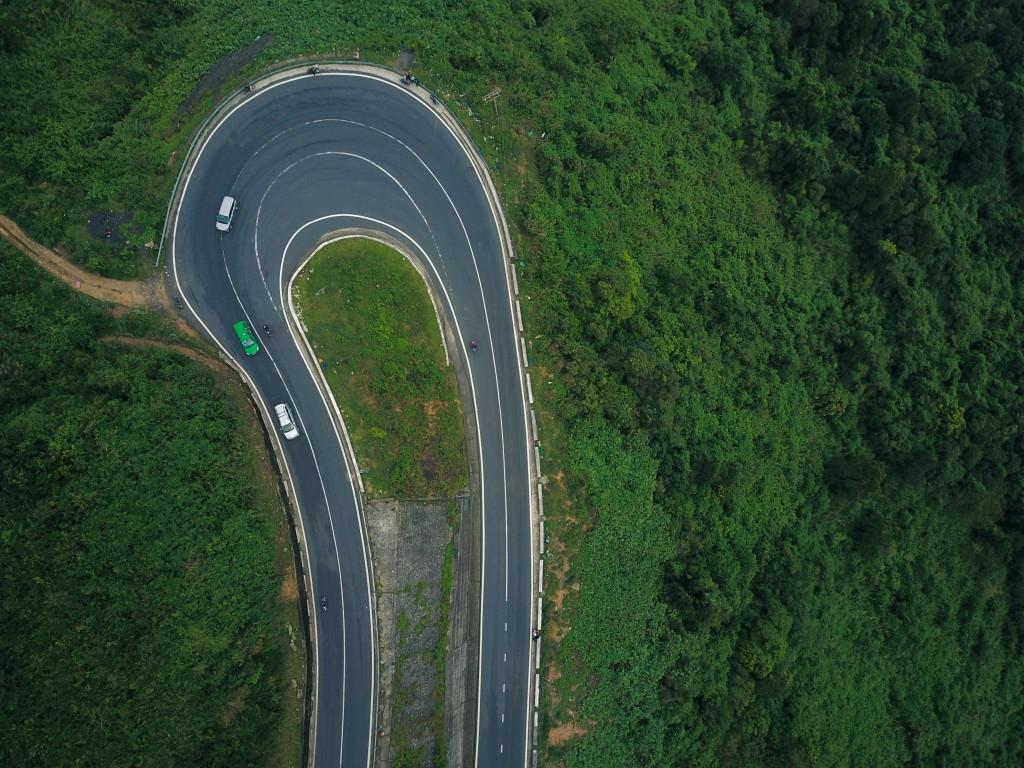
What you’re driving doesn’t accelerate or stop the same way as your car.
Most rental motorhomes are classified for 3,500kg Maximum Authorised Mass (MAM) which allows drivers (typically over 25 years old for renters) to use their standard driving license. Vehicles in this category will have diesel engines (note when you fill up) that accelerate slower, so you’re going to immediately figure out that zipping out in your motorhome from a tight, busy intersection is a gamble where the odds diminish.
Though the MAM rating of your standard camper should mean that it drives on the highway like a dream, once you’ve filled the water tank, taken on a full gas cylinder, packed your clothes, food, drinks, bikes, surf boards, and everything else for the adventure ahead, that limit of 3,500kg could be exceeded. So, you need to know some stats to think about your safe driving distance in traffic:
At 80km/h your fully laden motor home may need up to 198m to come to a standstill.
Compare that to a standard Peugeot 208 with two passengers, which comes to rest from the same speed in dry conditions within 56m.
Driving distance
During dry weather driving conditions, you should maintain at least three seconds travel distance between you and the vehicle in front. When visibility is low such as during light rain, fog or driving at night then double that time/distance relationship to six seconds. If weather conditions deteriorate into snow or ice then consider getting off the road until its safer. After all, you’ve got a bed for the night right behind you.
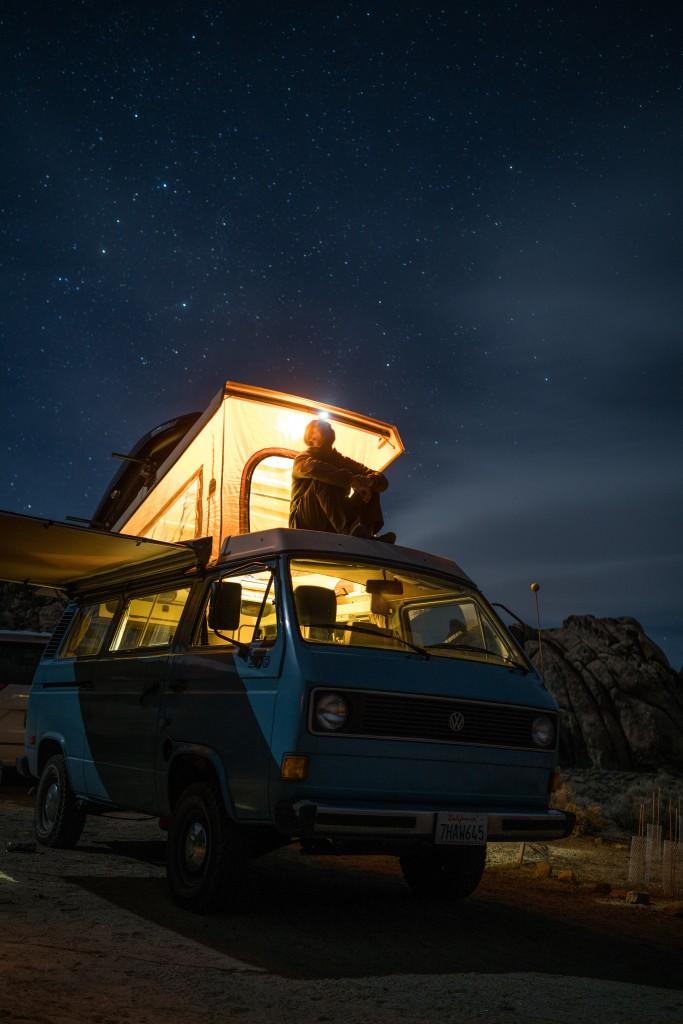
Satnav and a playlist are and aren’t your friend – beware driver distraction.
Everyone at battleface loves a soundtrack for road-tripping but try and keep the volume down a tad as research reveals that drivers can take up to 20% longer to perform physical and mental tasks when listening to loud music. Sat navigation aids are also fast becoming a major cause of driver distraction. If you’re taking directions without observing and anticipating your real time driving conditions, then things can go bad in an instant. What you see in front of and around you take priority over the voice from your phone app.
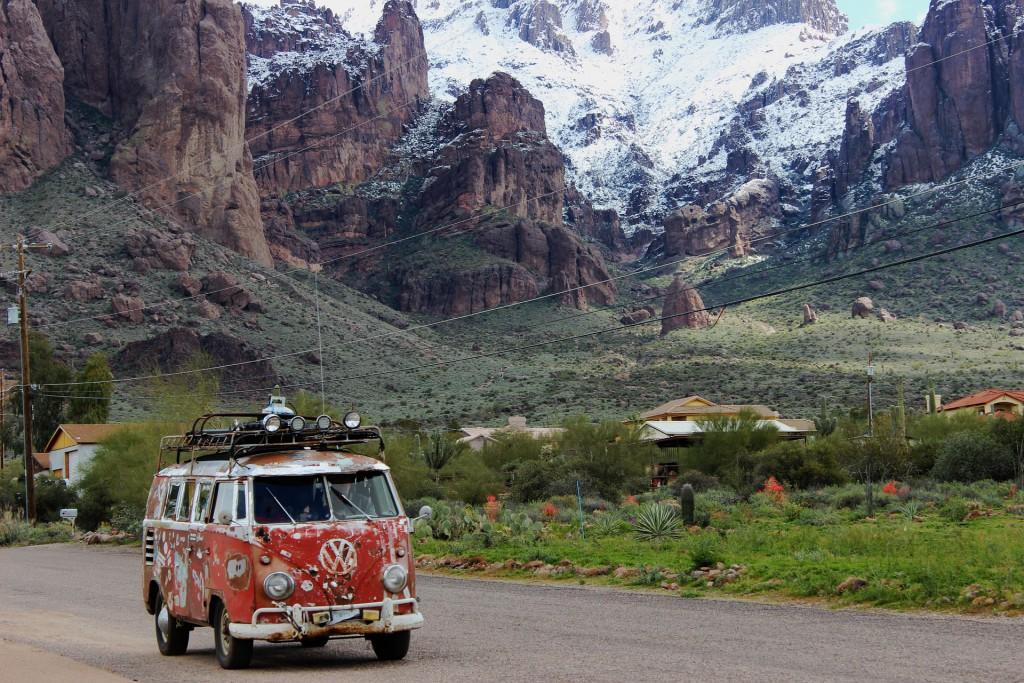
Have a walk around the campervan – kick the tyres and look at your vehicle.
No one expects you to be an ace mechanic, but that shouldn’t override your common sense to do your own vehicle condition check. As you might be planning some campervan time off the beaten track then this could save some serious delays are headaches later down the road…
Your tyres should have a tread depth of at least 1.6mm by law! If those black wheels are looking a little thin, then your personal safety is seriously compromised. Note that for optimal handling, fuel economy and braking those tyres should be inflated to about 4.1 bar (60 psi) for your front axle load and about 4.75 bar (69 psi) for your rear loading. You’ll be going to the fuel station at some stage, so take another five minutes to check the tyres out for your own peace of mind.
Your rental campervan representative will tell you that the vehicle is fully serviced, but even they don’t know that for sure. Take another 5 minutes when doing the vehicle pick-up and inspection to open the bonnet and check your oil and water levels. Again, it’s a small detail that could ease pain down that long road ahead. If you’re travelling with a companion, then also do a headlights and indicators test. If it’s all shining and blinking well, you know that everyone else on the road is going to see you, too.
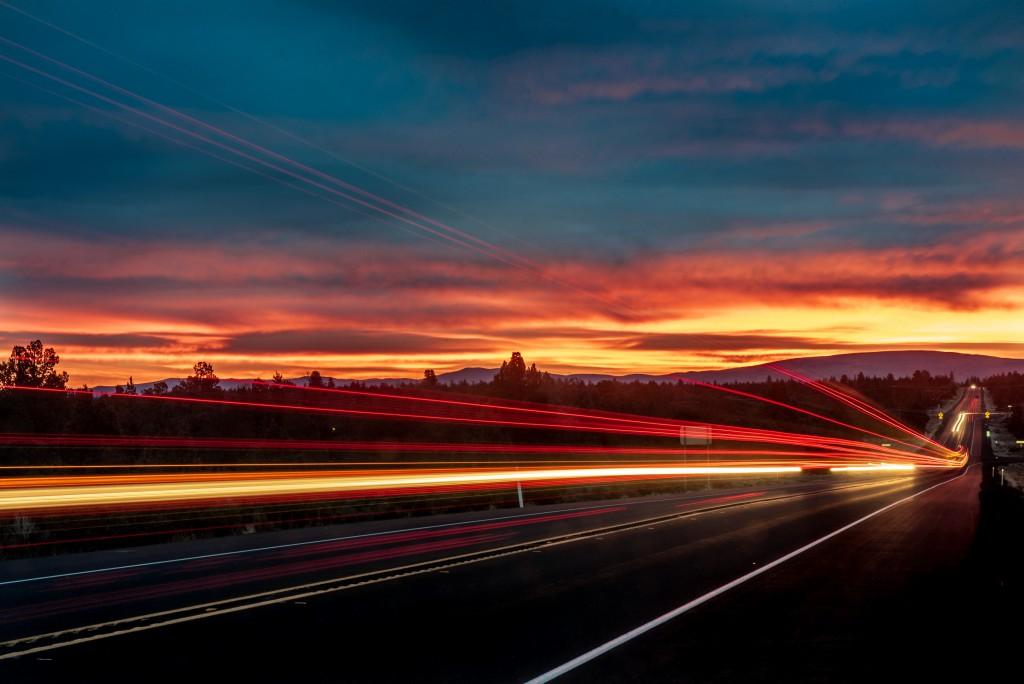
Look up, look around, look ahead.
When you’re driving a larger vehicle – and particularly in a new landscape and possibly on the opposite side of the road to where you’re from – then you need to widen your radar. And then widen it again. Don’t just focus on the vehicles in front and in your mirror to observe what is going occurring. Anticipate what is happening ahead of you by watching the furthest point along the road as well as noticing the driving behaviours of those around you.
Think about this – an average driver reacts to an expected event in 0.7 of a second but up to three times longer when the event is unexpected, or the driver is distracted. Widen that radar.
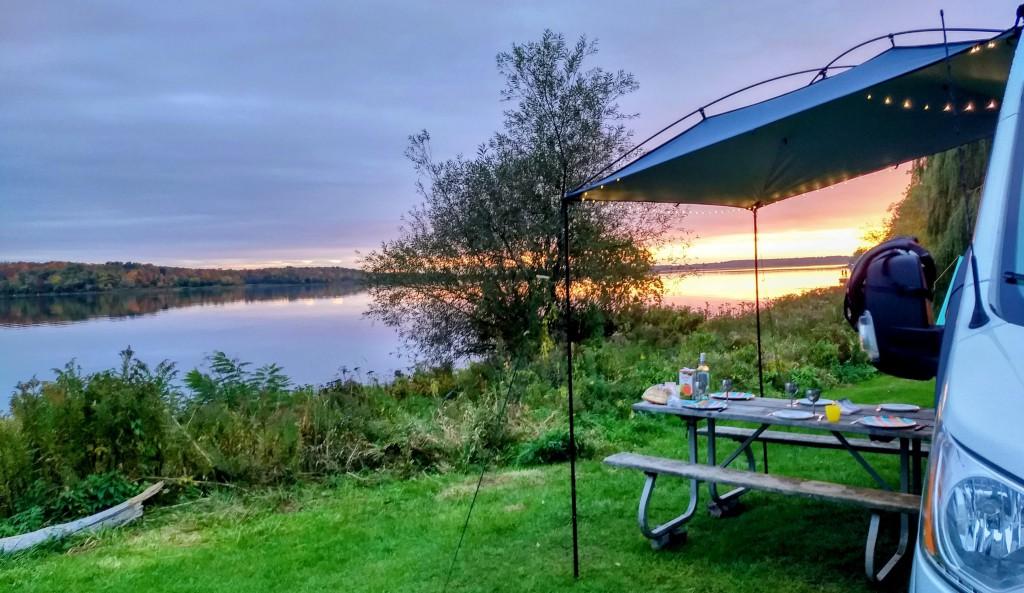
And finally…when you’re leaving any campsite….
A lot of seasoned campervan and motor home enthusiasts tie small ribbons to the steering wheel as a reminder that some checks need to be done before starting up and moving off. First check that you’ve unplugged any electrical connection to your campervan if you’re on a site where electricity is provided. It’s a surprisingly common occurrence to forget this and blow out the connection to your campervan.
An absolute must-do is to ensure that your cooking gas cylinder has been manually turned off. Driving with gas present in the line is a big no-no! Any dishes, pots or cups that you’ve used should also be securely stored – don’t leave them in the sink; they’ll rattle and smash on the first corner you take.
Finally, the air vents on the roof of the motorhome cabin should also be closed when you drive off. Otherwise, all the dust you can imagine a country road can hold will be sucked into your mobile home.
So, there you have it, our top tips for safe campervan driving. Have fun, stay safe, drive intelligently.
